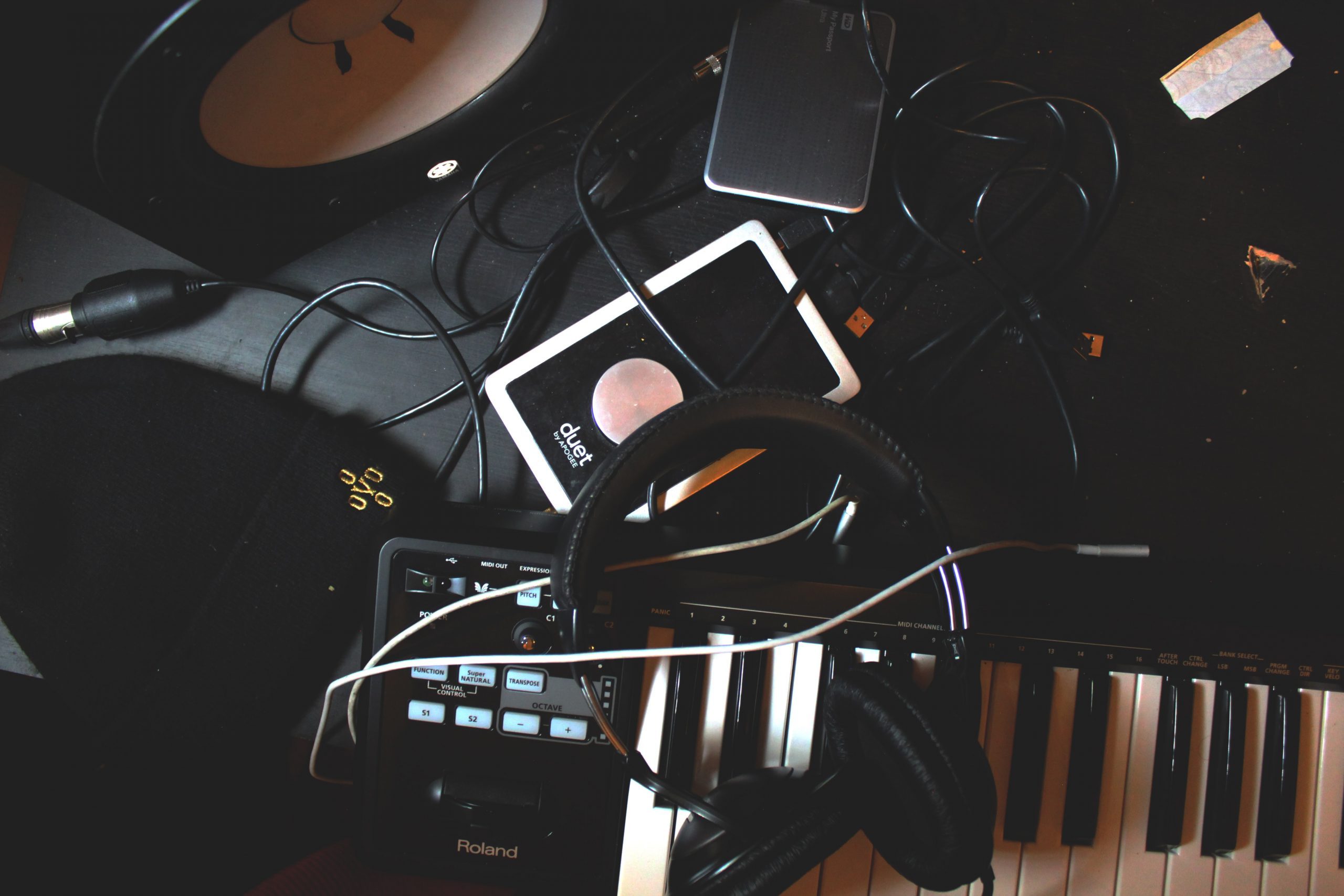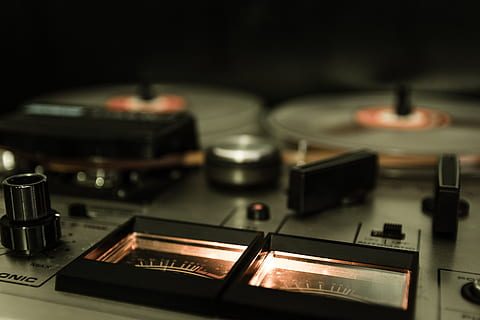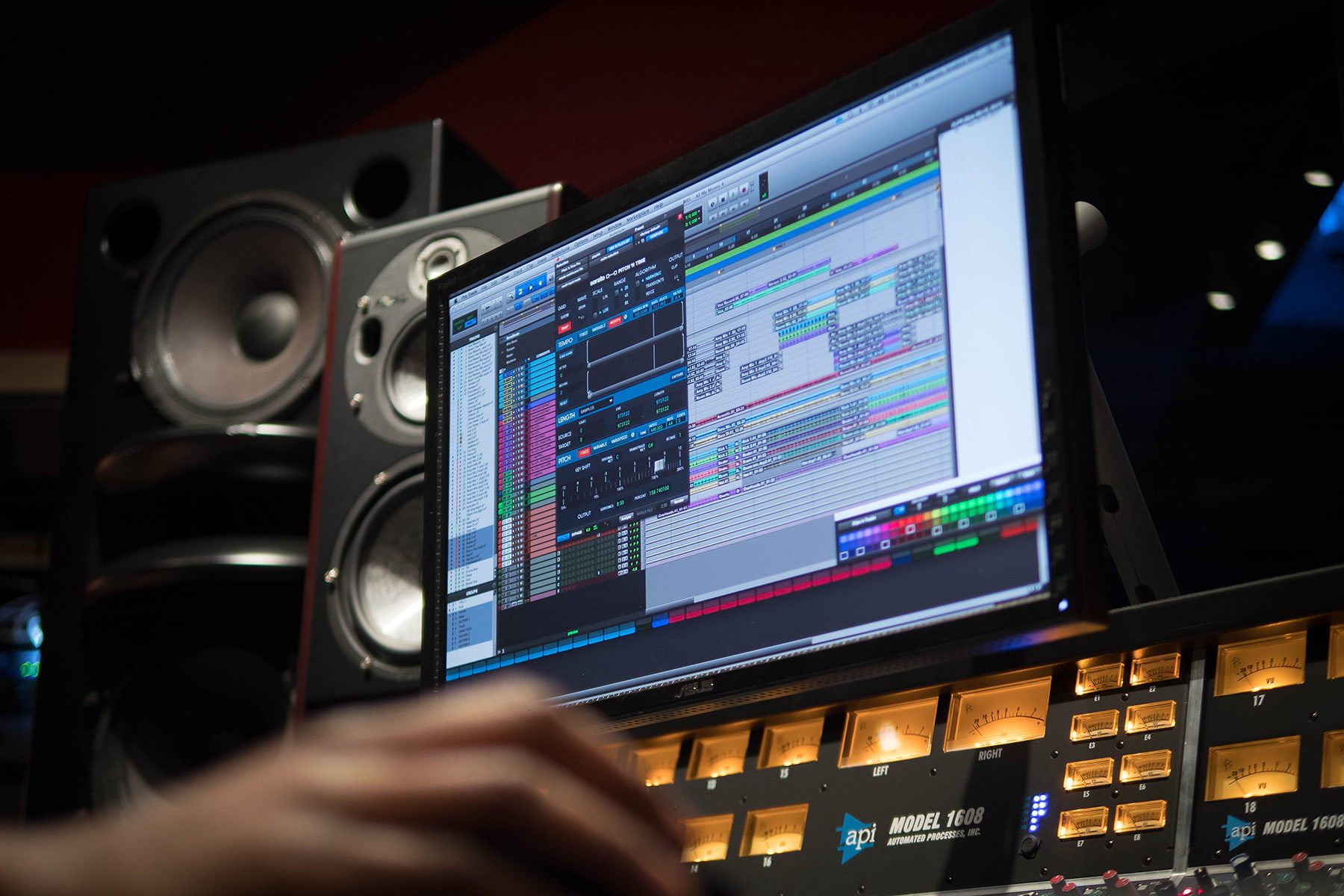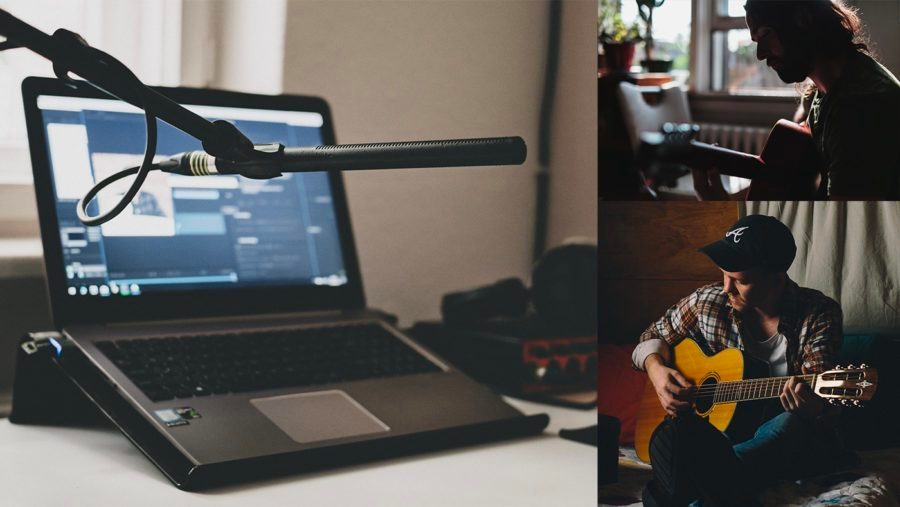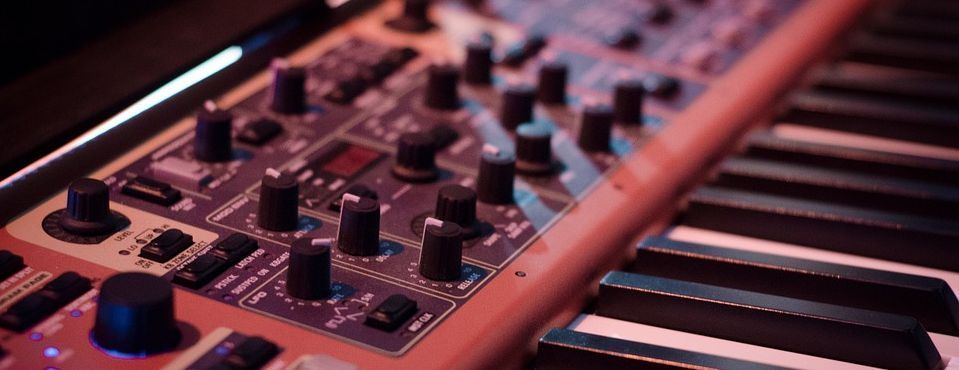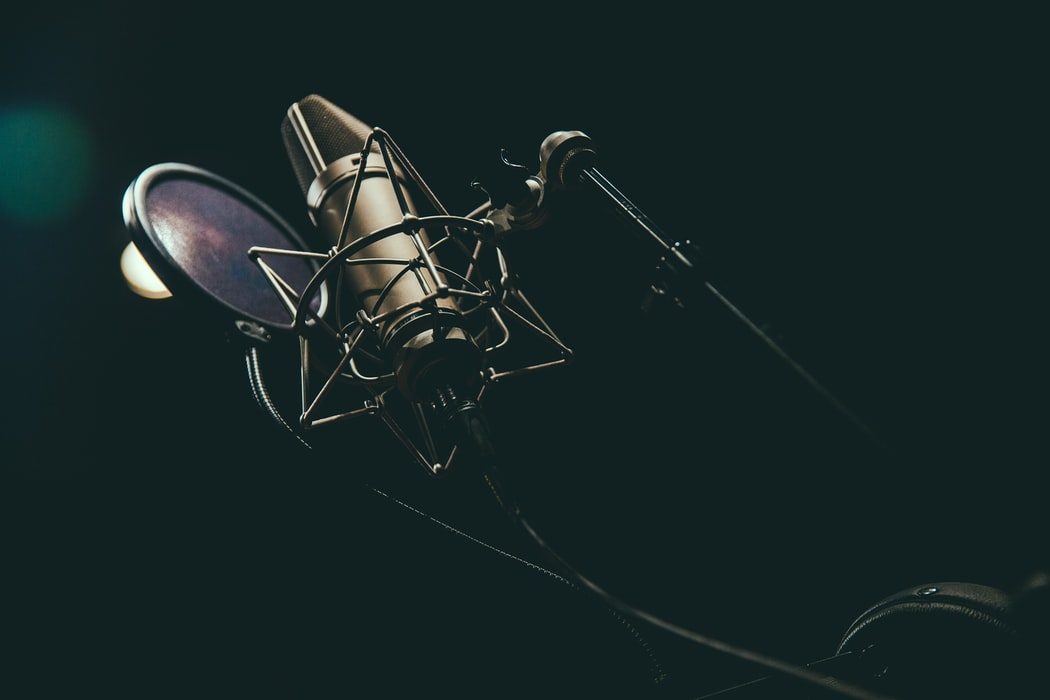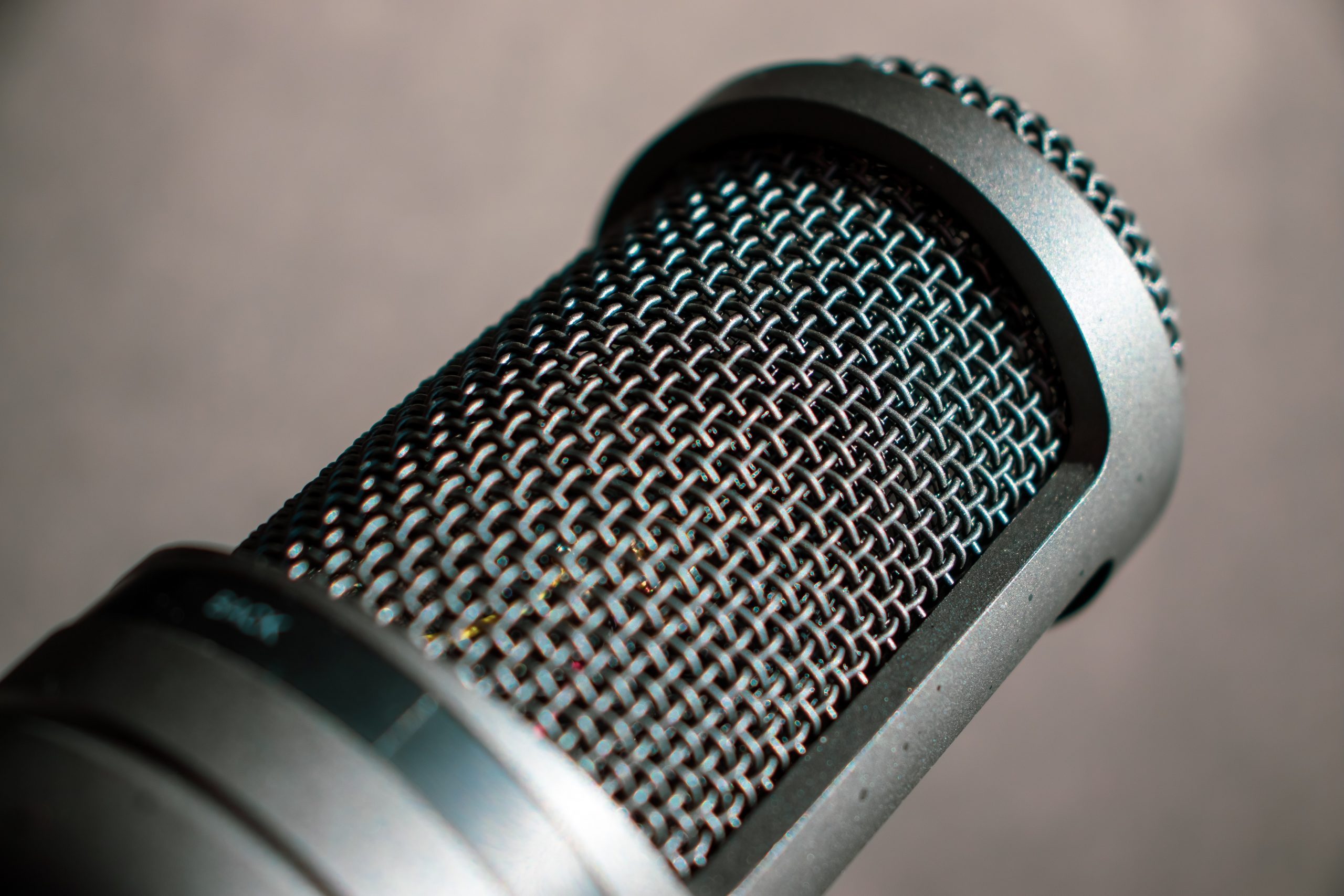When you’re in a creative process, the very last thing you want to worry about is musical theory. However, if you don’t know the way to find the key of the song, it’s holding you back.
Working on theory concepts like key signatures can be intimidating. It can certainly drain your whole creative energy, however, it doesn’t have to be complicated.
All songs are written in specific keys that will decide which chords and notes work effectively together. You should know the key if you’re planning on improvising, transposing, or writing songs.

